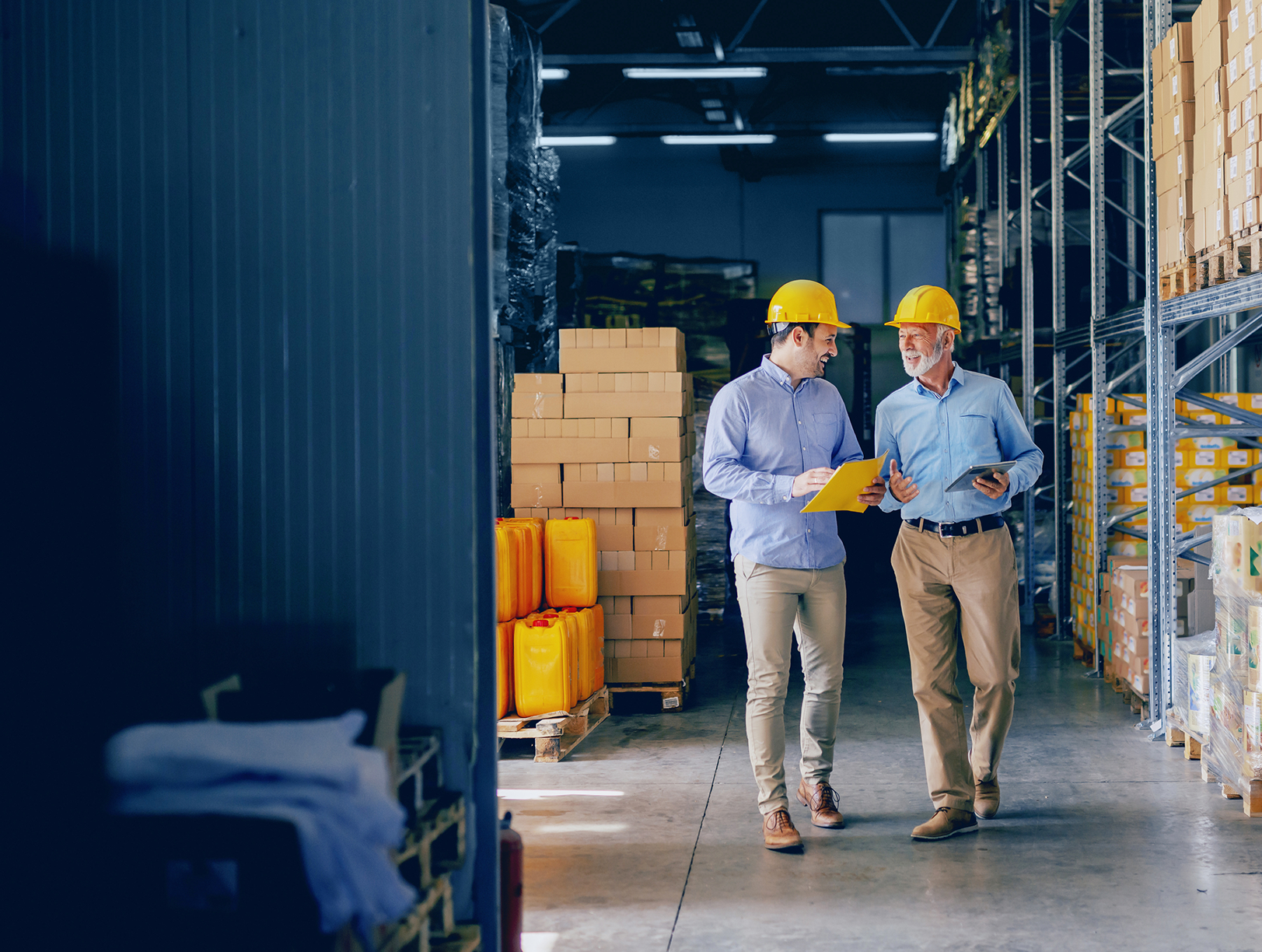Last-Mile Delivery: What It Means for Food Retailers
by Staff, on May 20, 2024 3:52:52 PM

Powerful new optimization technology, a wide range of delivery options, and growing market demand are pivotal pieces in the world of same-day, last-mile grocery business. While last-mile grocery delivery has taken on a full revolution since the height of the COVID pandemic, it continues to be part of the grocery equation because of innovation in ordering, e-commerce, and improved shipping and delivery abilities that meet constantly evolving expectations of consumers.
To amplify this market demand, apps are now getting in the game. Consumers now are now leveraging apps like the Uber platform through Uber Eats and the DoorDash delivery service to expand delivery reach and connect their local grocery store with courier in their rides and delivery network.
In fact, grocery e-commerce sales added up to U.S. $8.5 billion in April 2024, about 4% higher than their level during the same month in 2023, according to data released by Brick Meets Click and Mercatus. Pick-up orders represented about 43% of the U.S. online grocery sector in April, while delivery added up to approximately 38% of sales and ship-to-home accounted for just over 18% of the market. Mega retailers like Walmart continued to grow their share of the digital grocery sector while traditional supermarkets saw their portion of the market contract.
Online Grocery Shopping Trends
Most industry observers see challenges, barriers and concerns of online grocery shopping as a thing of the past – and food and grocery chains are seeing good opportunity. Even perishables can be easily ordered via grocery apps and online ordering platforms with the ease of pushing a button. Many retailers see the need to provide the online ordering option for their customers today – and new capabilities are being enabled by automation tools and even robots to meet consumer demand and support physical stores, distribution centers and especially last-mile logistics.
What Are Food Shippers Doing in This Space
Grocery e-commerce penetration is expected to more than double in the next three to five years to an average of 23%, according to a recent McKinsey Report. Here is what some food grocery leaders doing in this space:
- Route optimization software is having a positive impact to minimize transit time and fuel consumption while maximizing the number of deliveries per route.
- GPS tracking can allow for dual visibility to track the real-time location of delivery vehicles to increase accuracy and reliability.
- With the boom of delivery service mobile apps and e-commerce platforms, some retailers are no longer relying on third parties but rather developing their own platforms for tracking, messaging and more.
- Drones and autonomous self-driving vehicles now have the ability to navigate through traffic and reach destinations without human intervention—creating a streamlined approach to last-mile grocery delivery.
- There have been significant improvements and enhancements in robotics to support picking and packing orders in fulfillment centers – which ultimately increases efficiency and reduces errors.
Kroger, Whole Foods Market Take Online to a New Level
Kroger, one of the largest supermarket chains in the US., offers an online grocery store service that includes ordering for pickup and delivery. Kroger’s service is widely available across its nationwide network of 2,750 grocery retail stores. The chain sells a wide assortment of private-label brands, organic foods, and a robust selection of fresh produce.
 Source: Kroger
Source: Kroger
Features include same-day delivery in many markets, with the option to schedule delivery slots. Kroger also is offering memberships in Boost, a loyalty program, which offers free delivery, fuel rewards, and exclusive savings. It has two membership tiers—one for free next-day delivery ($59 a year) and another for free delivery in less than two hours ($99 a year). Delivery is free for Boost members whose orders exceed $35. For non-members, there is a $9.95 to $11.95 fee, depending on your location.
Another grocer, Whole Foods Market, is offering an online grocery shopping service through Amazon with a focus on natural and organic foods. With its integration into the Amazon ecosystem, Whole Foods provides delivery in areas where Amazon Fresh is available, leveraging the same logistical network. The service specializes in high-quality, sustainable, organic products and caters to health-conscious consumers and those with dietary restrictions.
 Source: Whole Foods
Source: Whole Foods
Features typically includes same-day delivery for Prime members. In several cities, consumers can schedule delivery so your order arrives within a two-hour window. The online grocery delivery service for Whole Foods Market is available to Amazon Prime members. For Amazon Prime members, Whole Foods Market delivery is included at no additional charge for orders of more than $100, while smaller orders incur a delivery fee.
Where Do We Go From Here?
When it comes to grocery access, there has consistently been high expectations for growth from consumers. But with today’s powerful technologies, expectations are being rapidly elevated. Researching, utilizing and expanding tech in last-mile grocery delivery shows increases in visibility and optimization practices – something we can expect more in the future.
Related Articles:
- Aldi Tests Ecommerce Platform: Food Chain Snapshot
- Schnucks, DoorDash Expand Partnership to Streamline Delivery
- Amazon Launches Same-Day Delivery for GNC, Other Food Retailers
- Starbucks Announces Partnership with Gopuff for Late-Night, Overnight Deliveries
- Giant Food Opens E-Commerce Fulfillment Center in Virginia
Like this kind of content? Subscribe to our "Food For Thought" eNewsletter!
Now more than ever, professionals consume info on the go. Distributed twice monthly, our "Food For Thought" e-newsletter allows readers to stay informed about timely and relevant industry topics and FSA news whether they're in the office or on the road. Topics range from capacity, rates and supply chain disruption to multimodal transportation strategy, leveraging technology, and talent management and retention. Learn More



